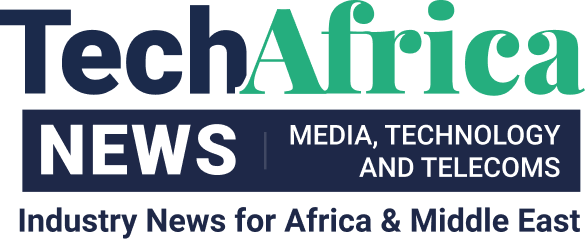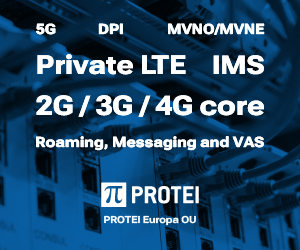Ericsson and stc have implemented the Micro Sleep Tx software feature on stc’s network, resulting in a 15 percent reduction in power consumption of the remote radio units in all LTE bands. This Micro Sleep Tx feature saves power during short periods when there is no traffic.
With mobile networks being deployed to meet expected peak traffic demands for the next three to five years, more capacity than needed will be provided for most hours of the day. Variations in traffic load is inherent in mobile networks, such as day and night differences, or short variations down to the millisecond level.
Ericsson Micro Sleep Tx, a key software feature for LTE, automatically enables and disables the radio’s main power amplifier and other hardware blocks during fixed idle periods, reducing power consumption. Micro Sleep TX also ensures that the power amplifier is ready to be switched on when needed.
Our mission at stc is to deliver excellent customer experience while keeping our power consumption at minimum levels. Ericsson’s Micro Sleep Tx feature has shown promising results to secure our vision for a sustainable connected world. We are confident our partnership with Ericsson will bring our long-term strategy to life, as we seek to maximize power savings during low traffic periods and minimize power waste during traffic peak hours.
Hisham AlAbdaly, General Manager of Infrastructure Design, stc
Power efficiency is on top of our agenda and, together with the increased capacity demands, it guides both the development of new components, products, and features. The Micro Sleep Tx feature reduces radio power consumption during low utilization periods by switching off the radio power amplifiers. Today, our industry partners can rely on our technologies to significantly reduce power consumption without compromising network performance.
Fadhel Isa, Head of Networks for Customer Unit stc and Ericsson Saudi Arabia and Egypt at Ericsson Middle East and Africa
A radio access network (RAN) provides nationwide coverage and service capacity. As the coverage and capacity offered by a single radio is finite, this is achieved by deploying thousands of radio sites, in some instances 10,000 or more, from which signals can be transmitted and received. This high number of radios can represent more than 75 percent of a service provider’s network power consumption.
Modernizing existing equipment and activating power-saving software helps reduce power consumption. Power-saving features can be deployed for 4G and 5G RAN technologies and enable large savings in the networks.











